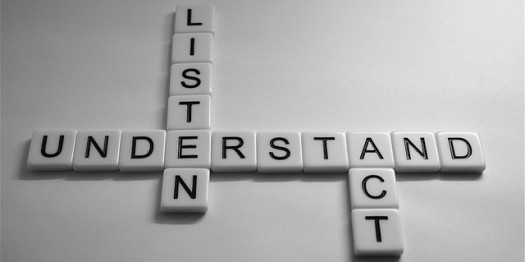Hacked Twitter accounts. Capitalizing on a national or international tragedy or historical event. Disgruntled employees on a rampage. Automated replies. All factors in social media crises. How to survive when one occurs?

As with any kind of literal storm, preparation is the first line of defense. Brands have to understand they are in the publishing space. When they disseminate a message via email or social media, they are sending it to someone, and that someone has the same email and social media capabilities that they do. If that someone is unhappy with the message because it seemingly takes advantage of a situation or is in some way offensive, they are going to say so. If their displeasure gains a following and momentum, a social media storm or crisis is imminent.
Brands should prepare for social media crises by doing the following:
- Think about the possible reactions and consequences of a campaign.
- Decide on responses to negative feedback and consider using a cross-channel approach (i.e., respond with short messages on Twitter that direct to a blog post or video).
- Determine who is responsible for answering negative feedback and develop appropriate checks and balances so that that person can respond swiftly. In the online world, a complete lack of response is like pouring lighter fluid on an already growing blaze.
- Develop a communications plan that includes who to involve when or if a situation escalates.
- Develop training programs for all employees so that they understand how to present themselves and their employers online and how to respond to negative sentiment.
Brands also have to listen. They can’t publish their messages and go radio silent. Like Motel 6, brands have to keep a light on. If they don’t, they can expect to end up in an unfavorable situation.
Brands can hone their listening skills with these three tips:
- Invest in listening tools, including analytics and marketing automation ones.
- As with the preparedness kit, determine who is responsible for listening to social “after hours.” With email and apps at people’s fingertips, at least one or two people should be able to follow what is happening with their brands.
- Listening doesn’t mean always being on. Unlike Motel 6, brands can be quiet. They don’t have to talk about every event or situation. They only should speak when it’s relevant to both them and their audiences.

Finally, brands need to discern when they should engage with a decrier. When the person in question is in the minority or simply is a troll, engagement may not be the best answer. Brands need to understand, too, that any response to a social media crisis, no matter how sincere, will still be damned by someone. Brands can’t please everyone, and it’s foolish to try. Brands just need to do the best they can and weather the social media storm when it breaks.
To survive a social media crisis, brands need to do three things. First, they need to prepare for a crisis. No matter how conscientious they are about not capitalizing on a tragedy or controlling access to their social accounts, they probably will encounter a social media crisis at some point. Second, they need to listen. Keeping an attentive ear will help them to respond swiftly and to prevent some of the backlash. Finally, they need to use their best judgment and decide when and when not to engage with negative outcries.
Image: Chalky Lives, Steven Shorrock (Creative Commons)![]()

